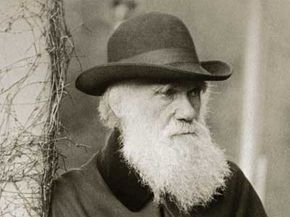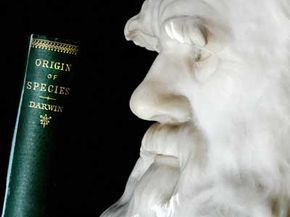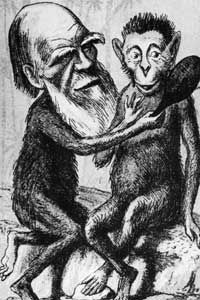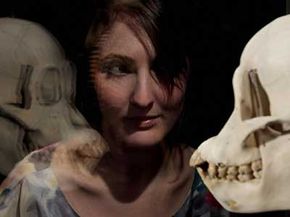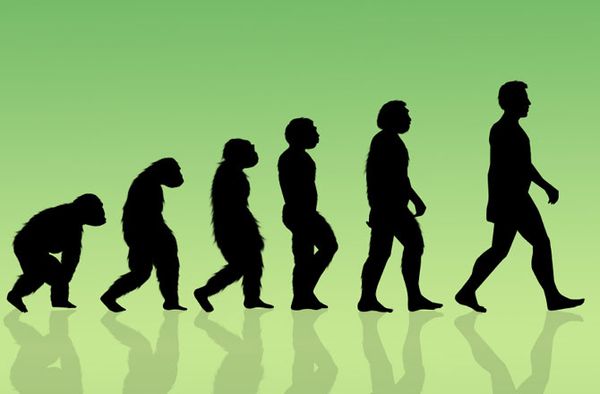Even if you've never heard the name Charles Darwin, you've probably seen a simple emblem gleaming on the back of an automobile or at the end of a necklace: a single line curved back on itself to form the unmistakable shape of a fish.
Dubbed an ichthys, this emblem serves as an expression of Christian faith, sometimes earning it the less esoteric classification of "Jesus fish." Several variations on this design exist, but none stirs more emotion than that of an ichthys sprouting legs, walking, with the word "Darwin" etched across its body.
Advertisement
The meaning of this legged icon isn't lost on many. When brandished, it advertises belief in Charles Darwin's theory that the species of Earth were not created as-is by God, but rather evolved from more primitive forms. The "Darwin fish" takes religious iconography, splices it with science textbook illustrations and makes a statement on the fundamental divide between creationism and evolution.
In an age where just about anything is fair game in the rear-bumper exchange of ideas, it's easy to dismiss these battling bits of plastic and chrome. But no matter how haphazardly the symbol pops up today, the struggle the Darwin fish represents was no laughing matter in the 19th century.
At the time, the ideas behind the original ichthys still held sway over Western civilization and its sciences. Nature was viewed as harmonious and static. A divine hand had created Earth and all the creatures in it, crowning humanity as its master. The world might have operated under natural laws, but its genesis was wrapped in allegory, myth and faith.
All of this was set to change, however. Scientists were making great strides in understanding the natural world, and conditions were ripening for a fundamental shift in the way humanity viewed its place on Earth. Just as a machine may harness enormous energies and focus them through a single mechanical part, so too one man arguably became the fulcrum on which science and, subsequently, Western civilization shifted. With his book "On the Origin of Species," Charles Robert Darwin ushered in a true paradigm shift, changing our understanding of the world.
Advertisement

